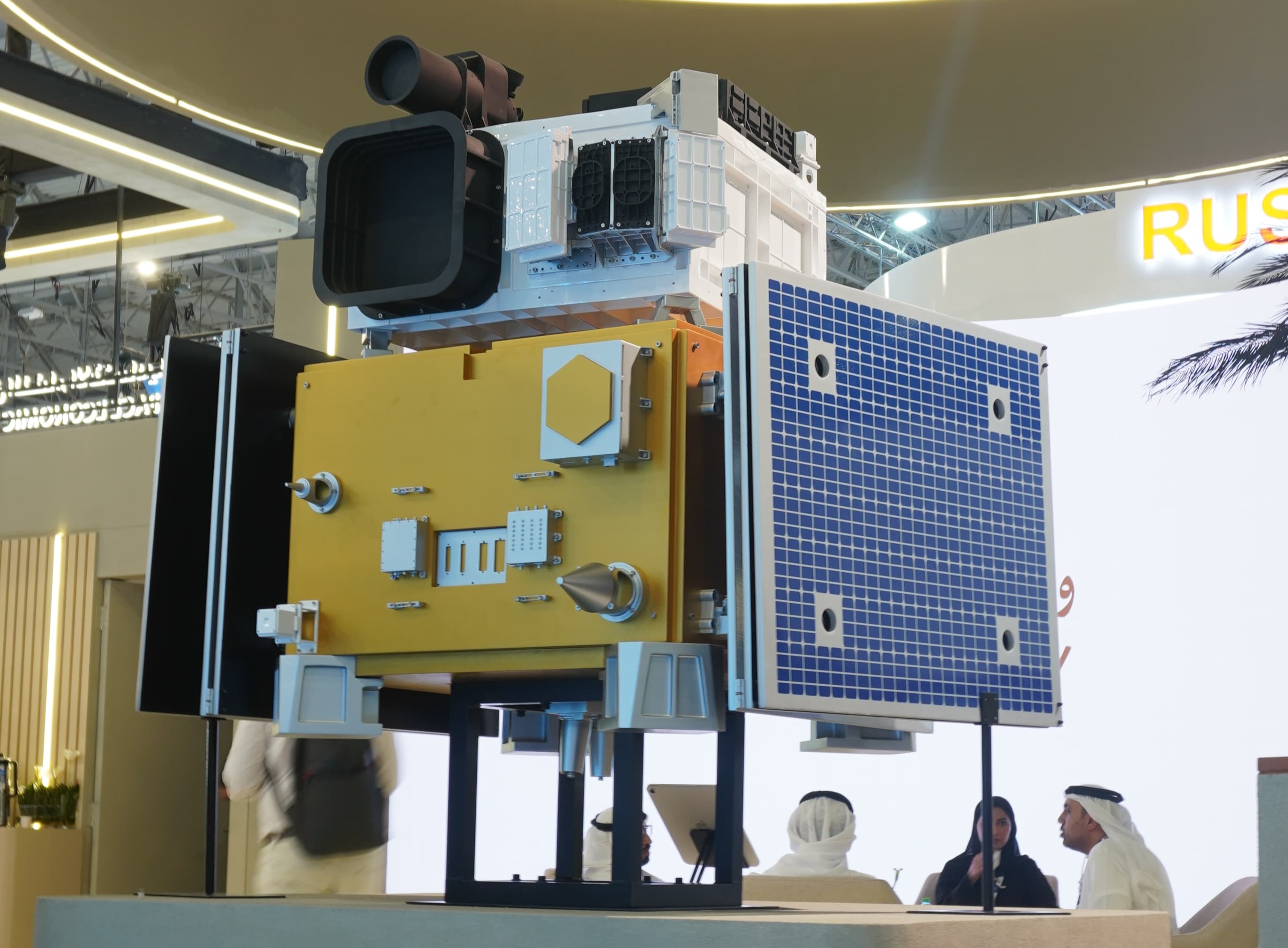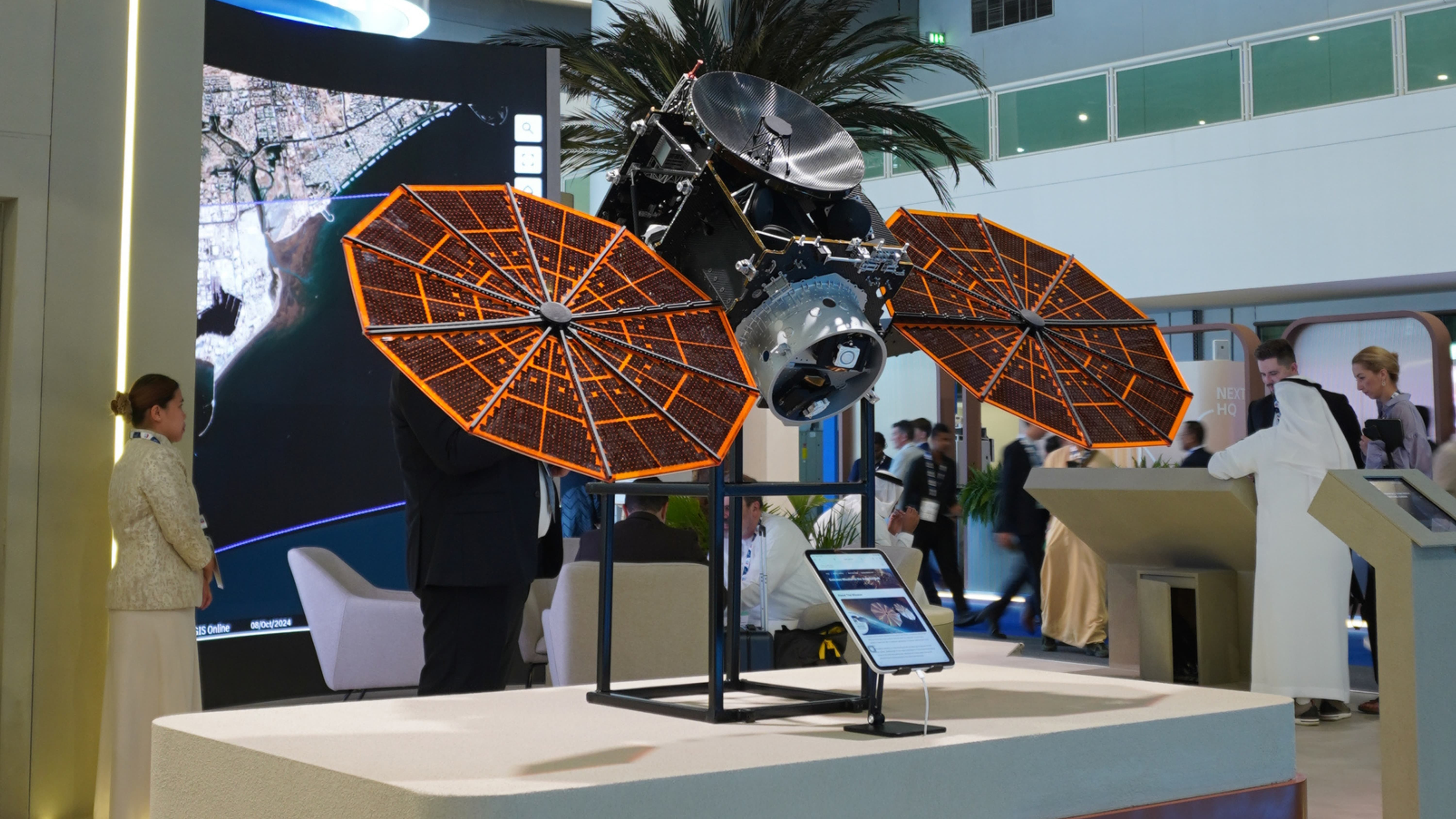3D Printing in Education: Unlocking Student Creativity
In recent years, 3D printing technology has revolutionized various industries, and education is no exception. Integrating 3D printing into the classroom environment can unlock a world of opportunities for students to unleash their creativity and enhance their learning experience. Let's explore the benefits and applications of 3D printing in education.
Benefits of 3D Printing in Education
1. Hands-On Learning
- Tactile Learning: Students can physically interact with objects they create, enhancing their understanding of complex concepts.
- Problem-Solving Skills: Encourages students to think critically and find innovative solutions to design challenges.
2. Enhancing Creativity
- Design Thinking: Fosters creativity by allowing students to bring their ideas to life in a tangible form.
- Customization: Students can unleash their creativity by customizing designs to suit their preferences.
3. Bridging Theory and Practice
- Visualizing Abstract Ideas: Helps students visualize abstract concepts, making learning more engaging and practical.
- Real-World Applications: Encourages the application of theoretical knowledge to real-world problems.
4. Interdisciplinary Learning
- Collaboration: Promotes teamwork among students from different disciplines for multidisciplinary projects.
- STEM Education: Integrates science, technology, engineering, and mathematics concepts into practical projects.
Applications of 3D Printing in Education
1. Prototyping
- Engineering Projects: Students can develop prototypes of their engineering designs for testing and refinement.
- Architecture: Explore architectural concepts through the creation of scale models using 3D printing.
2. Science Experiments
- Anatomy Models: Create detailed anatomical models for biology lessons, enhancing understanding of the human body.
- Chemistry Models: Visualize molecular structures and chemical compounds in 3D for chemistry experiments.
3. Art and Design
- Sculptures and Artwork: Students can experiment with creating artistic sculptures and intricate designs using 3D printing.
- Fashion Design: Explore fashion design by prototyping clothing items and accessories.
4. Historical Replicas
- Archaeology: Replicate historical artifacts for hands-on learning about different civilizations and time periods.
- Geography: Create topographical maps and landmarks to enhance geography lessons.
Conclusion
Integrating 3D printing technology in education can revolutionize the way students learn, fostering creativity, critical thinking, and practical application of knowledge. By providing hands-on experiences and enabling students to visualize and create, 3D printing unlocks a world of possibilities for enhancing the educational journey.
In a rapidly evolving digital world, embracing innovative technologies like 3D printing is essential to prepare students for the future. By incorporating 3D printing into the curriculum, educators can empower students to think outside the box and unleash their creativity.
Unlock your students' potential with 3D printing in education and pave the way for a more engaging and immersive learning experience!
Ready to explore the world of 3D printing in education? Contact ControlShift.ae for cutting-edge solutions in SEO, website development, mobile app development, ERP, and other software services.
Empower students with creativity and innovation through 3D printing with ControlShift.ae!



